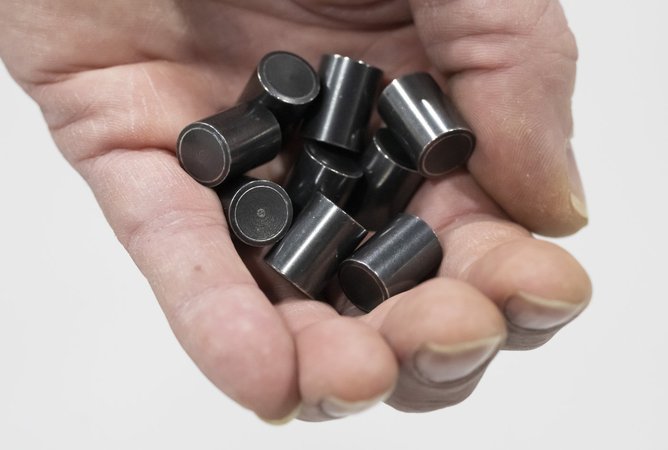
Ontario town to decide whether it’s willing to host a nuclear waste repository
IGNACE, ONTARIO — A northwestern Ontario town is set to decide today whether it is willing to become the site of a deep geological repository for Canada’s nuclear waste.
The Nuclear Waste Management Organization plans to decide this year where millions of bundles of used nuclear fuel will be placed in a network of underground rooms connected by cavernous tunnels.
The process for the $26-billion project is already narrowed down to two sites, one in northern Ontario and one in southern Ontario, and the NWMO says that both the local municipality and the First Nation in those areas will have to agree to be willing hosts.
The northern Ontario town of Ignace, between Thunder Bay and Kenora, is set to be the first of those four communities today to make its decision known, at a special meeting of town council.


